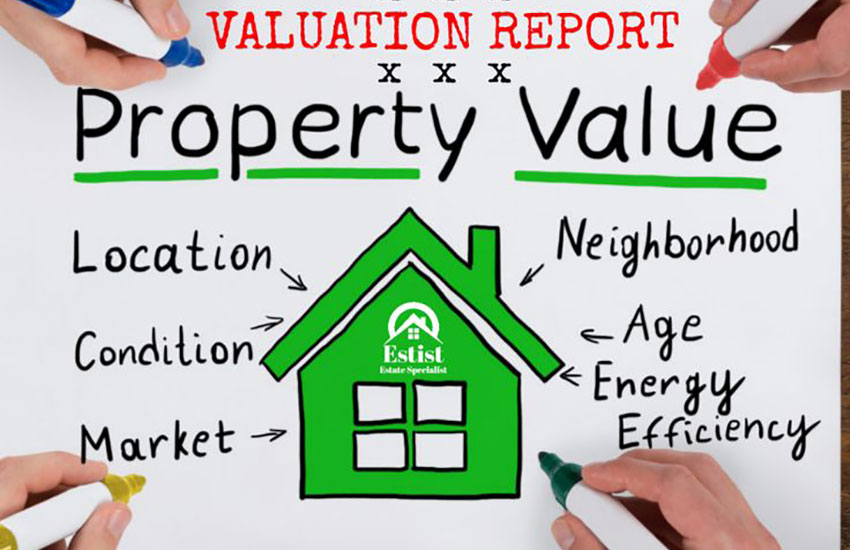- architectshimalayan@gmail.com
- Palampur Road Tashi Jong (Paprola)Near Mount Pearl Supermarket District Kangra H.P. 176081
Valuation and Bank Loan
Valuation and Bank Loan

House valuation and home loan property valuation are essential processes in the real estate and mortgage industries. Both play a crucial role in determining the worth of a property and assessing its eligibility for a home loan. Here’s an overview of each process:
House Valuation:
Definition:
House valuation is the process of estimating the market value of a property based on various factors such as its location, size, condition, and comparable sales in the area.
Key Factors Considered:
- Location: Proximity to amenities, schools, public transportation, and overall neighborhood desirability.
- Size and Layout: Total square footage, number of bedrooms, bathrooms, and overall layout.
- Condition: The state of repair and maintenance of the property.
- Comparable Sales: Recent sales of similar properties in the area.
- Market Trends: Current real estate market conditions and trends.
Methods of Valuation:
- Comparative Market Analysis (CMA): Evaluating the property against similar recently sold properties.
- Cost Approach: Estimating the cost to replace or reproduce the property.
- Income Approach: Assessing the property’s potential income for investors.
Purpose:
- Facilitates fair pricing for buying or selling a property.
- Helps homeowners understand the current value of their asset.
- Assists real estate professionals in setting listing prices.
Home Loan Property Valuation:
Definition:
Home loan property valuation is the assessment of a property’s value conducted by a professional appraiser, often required by lenders when approving a mortgage application.
Key Aspects for Lenders:
- Loan-to-Value (LTV) Ratio: The loan amount in relation to the property’s appraised value.
- Risk Mitigation: Ensuring the property serves as sufficient collateral for the loan.
- Compliance: Adhering to regulatory standards and guidelines.
Process:
- Request for Valuation: Lender engages a licensed appraiser to conduct the valuation.
- Property Inspection: Appraiser visits the property, considering its features and condition.
- Market Analysis: Utilizing comparable sales and market trends to determine value.
- Report Submission: Appraiser provides a detailed report to the lender.
Importance:
- Protects lenders from lending more than the property’s actual value.
- Helps borrowers secure loans with appropriate collateral.
- Ensures a fair and objective assessment of property value.
In summary, house valuation provides a general understanding of a property’s market worth, while home loan property valuation is a more specific process that determines the property’s value for mortgage lending purposes. Both are crucial steps in the real estate and home financing processes.
